Cunningham concluded that "as I've dug into and learned its ins and outs for this review, I've warmed to it more", but argued that the OS was facing similar "public perception" issues to Windows Vista and Windows 8. Internet Explorer has been replaced by the Chromium-based Microsoft Edge as the default web browser, and Microsoft Teams is integrated into the Windows shell. Microsoft also announced plans to allow more flexibility in software that can be distributed via Microsoft Store, and to support Android apps on Windows 11 . Warren noted that he rarely used the Widgets panel or Microsoft Teams, citing that he preferred the weather display that later versions of Windows 10 offered, and didn't use Teams to communicate with his friends and family. He also acknowledged the expansion of Microsoft Store to include more "traditional" desktop applications. Overall, he concluded that "I wouldn't rush out to upgrade to Windows 11, but I also wouldn't avoid it. After all, Windows 11 still feels familiar and underneath all the UI changes, it's the same Windows we've had for decades."
In October 2019, Microsoft announced "Windows 10X", a future edition of Windows 10 designed exclusively for dual-touchscreen devices such as the then-upcoming Surface Neo. Legacy Windows applications would also be required to run in "containers" to ensure performance and power optimization. Microsoft stated that it planned to release Windows 10X devices by the end of 2020. A redesigned user interface is present frequently throughout the operating system, building upon Fluent Design System; translucency, shadows, a new color palette, and rounded geometry are prevalent throughout the UI.
A prevalent aspect of the design is an appearance known as "Mica", described as an "opaque, dynamic material that incorporates theme and desktop wallpaper to paint the background of long-lived windows such as apps and settings". The second feature here is DirectStorage that promises to greatly enhance the gaming experience by cutting downloading times of games. This appears to be an extension of the attempts being made by Microsoft with the Xbox Series X/S consoles where it has used clever tricks to greatly improve load times of games. However, do note that this feature will only be available on select games that support DirectStorage API on a PC with an NVMe SSD and a GPU that supports DirectX12 Ultimate. Microsoft does not recommend downloading Windows 11 on PCs that do not meet its standards, such as minimum 4GB of RAM, 64GB storage, TPM chips, and supported processors.
Windows 11 will not come as an automatic update for unsupported devices, but users will be able to download it off the web. Microsoft has an app called PC Health Check, which can be used to determine if a PC is ready for Windows 11. Some PCs also have TPM chips installed but disabled and you can turn them on by going into your BIOS settings.
Windows 11 has higher technical requirements than Windows 10, is possible to install Windows 11 on devices that don't meet the minimum requirements. Upgrading unsupported hardware to Windows 11 will require you to install the update manually using an ISO. There is a different set of minimum minimum requirements your PC will have to meet including 4GB of RAM, 64GB of storage space, and two-core 64-bit 1 GHz processor. Windows 11 includes several new features, such as improved snapping, Dynamic Refresh Rate, and Direct Storage, but the biggest change the operating system brings could be something that people never see.
A recent Microsoft Mechanics video breaks down the performance improvements included in Windows 11. Compared to devices running Windows 10 on the same hardware, PCs running Windows 11 should have better app performance, improved battery life, and quicker resume from sleep times. Microsoft has shifted its focus to providing solid versions of its apps on iOS and Android, and even Microsoft's modern-day phones run a Microsoft-flavored version of Android rather than anything Windows-related. The new version of Windows is more preoccupied with the places where Windows already is and is likely to stay—risk-averse, money-rich, security-conscious businesses.
There are plenty of user-facing changes, sure, but the PCs that run Windows 11 need to support a range of hardware- and firmware-level security mechanisms that are fully supported but optional in Windows 10. Original equipment manufacturers can still ship computers without a TPM 2.0 coprocessor upon Microsoft's approval. Some third-party software may refuse to run on unsupported configurations of Windows 11.
As part of the minimum system requirements, Windows 11 only runs on devices with a Trusted Platform Module 2.0 security coprocessor. According to Microsoft, the TPM 2.0 coprocessor is a "critical building block" for protection against firmware and hardware attacks. In addition, Microsoft now requires devices with Windows 11 to include virtualization-based security , hypervisor-protected code integrity , and Secure Boot built-in and enabled by default.
The operating system also features hardware-enforced stack protection for supported Intel and AMD processors for protection against zero-day exploits. The new Windows OS takes cues from its smartphone relatives, simplifying basic settings changes and making them easy to access. One click or tap in the corner of your taskbar to pull up a control panel similar to Apple's Control Center, which lets you futz with settings like brightness and volume, connectivity, and more. Windows apps now feature more aesthetically pleasing curved corners, and the Settings app has more options to change how you interact with the OS thanks to more accessibility features. New sounds and audio cues are available for blind users, and themes for people with light sensitivity or those working long hours have been updated to be easier on the eyes.
The biggest change to Windows 11 is its more stringent hardware requirements. If your PC is recent, say, within the past five years, you should be alright, but older devices may be stuck with Windows 10 for the foreseeable future. That's not to say the company won't be providing security updates to Windows 10, but that's about as much as you can hope for. Since the controversial hardware decision—implemented for both performance and security reasons—Microsoft added Windows 11 support for some older computers, but the company still recommends against it. We'll focus on those security features and system requirements in this review while also covering the new design and the broad strokes of new and updated apps and the other changes Microsoft has made to Windows under the hood. At least 16GB of RAM The basic system requirements of Windows 11 differ significantly from Windows 10.
Is Windows 11 Performance Better Than 10 Windows 11 only supports 64-bit systems such as those using an x86-64 or ARM64 processor; IA-32 processors are no longer supported. Thus, Windows 11 is the first ever consumer version of Windows not to support 32-bit processors and 16-bit software . The minimum RAM and storage requirements were also increased; Windows 11 now requires at least 4GB of RAM and 64GB of storage. The compatibility list includes the Intel Core i7-7820HQ, a seventh-generation processor used by the Surface Studio 2, although only on devices that shipped with DCH-based drivers. Citing security considerations, the system requirements for Windows 11 were increased over Windows 10. While the OS can be installed on unsupported processors, Microsoft does not guarantee the availability of updates.
Windows 11 also drops support for 32-bit x86 CPUs and devices which use BIOS firmware. These are the core differences in Windows 11 Home vs Pro editions. As we've mentioned, most of them revolve around features meant for business users. Some are designed to protect especially sensitive information, while others have to do with quickly setting up devices for users and managing them remotely.
For the average person walking into a store, you're probably going to be just fine with Windows 11 Home. The odds are if you need Windows 11 Pro, you already know you need it and why. For the past six years, Windows users have watched on the sidelines as the tech landscape changed at a breakneck pace. When Microsoft's sporadic "feature updates" did arrive, they were often plagued with bugs, some so damaging the updates were suspended. And yet, despite its rocky path, Windows 10 will go down as a success, a stopgap to the mess its predecessors left behind.
It brought back the traditional desktop interface, gave PC owners reliable performance, and popularized touchscreen displays and hybrid 2-in-1 laptops. Windows 11 brings a number of non-security related updates to PC users as well. Microsoft has moved the start menu from the bottom left corner of the home screen to the bottom center . And Mokey said that's only the start of the design updates to the new OS. As far as features, you'll be able to install and run Android apps natively on Windows 11.
The gaming experience will be all-around better thanks to a new Xbox app support for features for on Xbox consoles, such as Auto HDR and DirectStorage, which should make games look better and load faster. And Microsoft Teams is going to be more easily accessible and integrated into more apps. The Acer Swift 5 (SF514-55) ultrathin-and-light notebook marries an uber-stylish design with the latest performance technology. The touchscreen display is covered with a layer of Antimicrobial Corning Gorilla Glass, and you have the option to further include an antimicrobial solution on the touchpad, keyboard and all covers of the device. The taskbar's buttons are center-aligned by default, and it is permanently pinned to the bottom edge of the screen; it cannot be moved to the top, left, or right edges of the screen as in previous versions of Windows. The "Widgets" button on the taskbar displays a panel with Microsoft Start, a news aggregator with personalized stories and content (expanding upon the "news and interests" panel introduced in later builds of Windows 10).
Microsoft Teams is similarly integrated with the taskbar, with a pop-up showing a list of recent conversations. Windows 11 is bringing some game-friendly features to the PC already available on the company's Xbox line of game consoles. Features like Auto HDR will bring high dynamic range to PCs with the supported hardware, as well as DirectStorage, which stores data directly on graphics cards for faster access and therefore faster speeds. Paired with GamePass, Xbox's game subscription service, it could turn your PC into the preferred entertainment device. Depends on how you feel about some of the biggest changes coming to Microsoft's primary OS.
For starters, there's DirectX 12 Ultimate, which has the potential to make games even prettier with higher frame rates. This latter point is a step up from the default SDR approach of older versions of Windows. For what feels like the longest time, Windows operating systems have had a taskbar down the bottom that has a Start button on the left. Windows 11 takes a MacOS-like approach to its position with a Start button in the middle of the screen and apps around it. Initially, this design logic was intended for the cancelled Windows 10X, meant to make the interface easier to navigate for dual-screen devices. It also cleans up the entire tray area, removing the toolbar items in the far right.
As familiar as Windows 11 might be, there's still a lot that's changed. The programs you know are all still available and supported, but they'll be joined by Android apps, running as windowed programs on the desktop (though not right away — Microsoft's still fine-tuning that feature). Your favorite multitasking functions get upgraded with new Snap Layouts, and virtual desktops are getting better with more flexibility and features. Windows 11 is the first version update to the most widely used PC operating system in the world in more than five years. The Verge has reported that Microsoft concedes it won't "block you from installing Windows 11 on a PC with an older CPU," if you do so using a clean install from an ISO disk image file. Meanwhile, Bleeping Computer reported that Microsoft also says the Trusted Platform Module 2 requirement can be bypassed using an ISO image or the Windows 10 Media Creation Tool.
The question many users ask first is whether they can upgrade, or rather downgrade, to Windows 10 if the machine is running Windows 11. As noted in a recent thread on Askwoody.com, a Windows 11 license is a digital one that allows an install of Windows 10 on a machine running 11. But, as a Lenovo support note points out, a clean install of Windows 10 may require that you download needed drivers. Whenever I install Windows 10 cleanly on a computer, there are invariably one or two devices in the device manager that show up with a "! If you're lucky, as the machine gets online and checks in online, the drivers will trickle down in the background and get installed. If you're not lucky, you have to search for them on vendor websites.
Do not download drivers from a random driver site, as more often than not they will include malware. Windows 11 SE was announced on November 9, 2021, as an edition exclusively for low-end devices sold in the education market, and a successor to Windows 10 S. It is bundled with applications such as Microsoft Office for Microsoft 365, Minecraft Education Edition, and Flipgrid, while OneDrive is used to save files by default. Windows 11 SE does not include Microsoft Store; third-party software is provisioned or installed by administrators. Windows 11, the first major Windows release since 2015, builds upon its predecessor by revamping the user interface to follow Microsoft's new Fluent Design guidelines. The redesign, which focuses on ease of use and flexibility, comes alongside new productivity and social features and updates to security and accessibility, addressing some of the deficiencies of Windows 10.
This is why you need a newer computer to operate Windows 11 at full capacity. Instead of the somewhat clunky tiling system found in the previous iteration of the iconic taskbar, Windows 11 peels away the cruft and gives you what you need. In my case, it's a list of recently accessed files along with a tray of pinned apps for easy access, with a universal search bar at the top for easy web (or on-device) searching. The clean lines and use of widgets to display information like weather, news, and photos is a welcome change of pace from the busy screen in Windows 10.
Windows 11 brings a refreshed user interface, better performance and security, and a variety of new features. Based on my initial experience using a review version of Windows 11 for the past two days, it's a solid upgrade with some nice benefits, but not a drop-everything-and-get-this update for Windows 10 users. During their tests, TechSpot completed multiple performance comparisons using half a dozen different configurations. The outlet also enabled Virtualization-Based Security; a feature sometimes enabled on Windows 11 by default. There have been multiple reports that this feature has caused users to lose performance when running Windows 11. Some reports even claimed drops of up to 25 percent when gaming on desktops or laptops.
What we ultimately care about with the store is Microsoft's handling of games—trying to install one just redirects you to the Xbox app, which is still just a glorified front-end for the store itself. When I started installing a game from the Xbox app, I could see it appear in my Microsoft Store library and watch its download progress there too. Just browsing around the Xbox app for a while, it does feel a bit more responsive to me than it does in Windows 10 where it's real chunky, but the design is unchanged. One of the biggest changes coming announced for Windows 11 this summer was the addition of Android app support. With Windows 11, Android would be able to run on the desktop, in a separate window that you could use with Snap Layouts and as well as with touch, keyboard and mouse – every way you interact with Windows. And you would be able add apps to the taskbar and start menu, just like other programs, to make them part of your workflow from day-to-day.
Windows 11 is here, though it remains an optional upgrade for anyone on existing desktops and laptops that are eligible for it. New PCs will increasingly begin shipping with Windows 11 pre-installed, so adoption rates will gradually rise in 2022 and beyond. If you're tempted to try Windows 11 on a supported PC you own, or will purchase a new machine with Microsoft's latest OS soon, you may be wondering if and how it will affect performance with the apps you use every day. There is a way to install Windows 11 on unsupported hardware, but we wouldn't recommend it. Although Microsoft hasn't confirmed it, the company has heavily implied that unsupported users won't receive critical security updates. If you still want to install, you can do so using the Media Creation Tool, which bypasses hardware checks.
Microsoft designed Windows 10 to run on older hardware, but Windows 11 is more progressive. The five-year-old 7th generation Intel processors are not part of hardware requirements specified for Windows 11. Also, Microsoft has included trusted platform modules , specialized security chips that carry out cryptographic operations and protect passwords on a device. They are affixed to the PC's motherboard and are a staple in almost every mid-range and premium laptop.
They are useful for enterprises that need special security measures beyond the logins that are based on the usual passcode or password. This is because Virtualization Based Security has become a keystone concept in Microsoft's approach to security. VBS runs Windows on top of a hypervisor, which can then use the same techniques that keep guest operating systems apart to create secure spaces that are isolated from the main OS. Doing that requires hardware-based virtualization features, and enough horsepower that you won't notice the drag on performance.
While many popular apps will run quite happily on Arm hardware without the need for emulation, there's a long list of games and photo/video editors that simply won't function. While emulation will never be as good as native support, it's nonetheless extremely helpful to those using devices such as the Samsung Galaxy Book Go or Microsoft Surface Pro X. Windows 11 now benefits from x64 emulation for Arm-based PCs, Microsoft has revealed. That means that owners of Windows laptops powered by low-power Arm SoCs can now access apps and games intended for 64-bit chips, opening the door to a lot more software choices. It's going to start rolling out to eligible Windows 10 users today, and it will ship with new PCs this Fall.
Aside from re-learning the taskbar and Start menu functionality, there's not much of a reason to avoid it. The new Secure Boot requirements will make it a safer OS overall; gamers will eventually get faster loading times; and everyone can appreciate the clean new aesthetic. You're going to have a tougher time if you own an older PC that doesn't meet Microsoft's hardware requirements.
You'll need a compatible Intel, AMD or Qualcomm processor; 4GB of RAM; and at least 64GB of storage. Also, you'll have to enable Secure Boot and TPM 2.0 , features that should make it harder for spyware and malware to attack your OS. Microsoft's PC Health Check app can help you see if your system is ready for Windows 11. Windows 11 will be provided as a free update to all eligible devices that are currently running Windows 10.
Eligibility for automatic upgrade is based on certain minimum hardware requirements. Each of Dell Alienware's X-Series laptops include Alienware Cryo-tech cooling technology and this generation features a patent-pending Quad Fan design engineered to provide the highest levels of gaming performance. Built for marathon gaming sessions, these laptops feature HyperEfficient voltage regulation technology which is designed to allow the system to perform at the highest levels for hours of gameplay. Legacy BIOS is no longer supported; a UEFI system with Secure Boot and a Trusted Platform Module 2.0 security coprocessor is now required. The TPM requirement in particular has led to confusion as many motherboards do not have TPM support, or require a compatible TPM to be physically installed onto the motherboard.
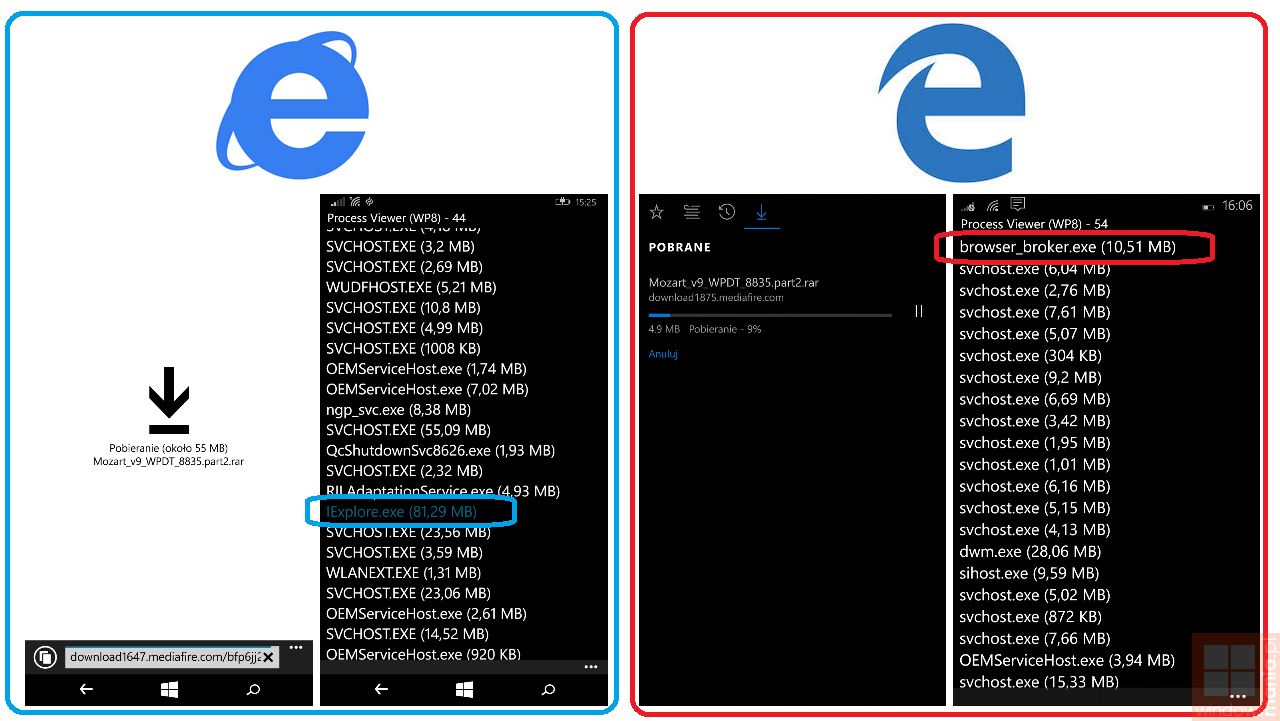



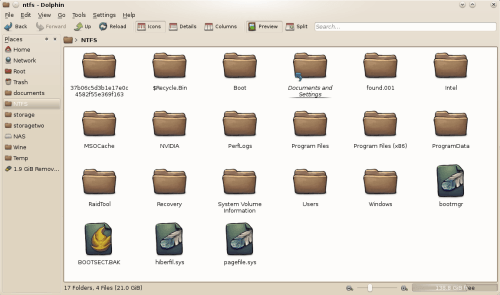

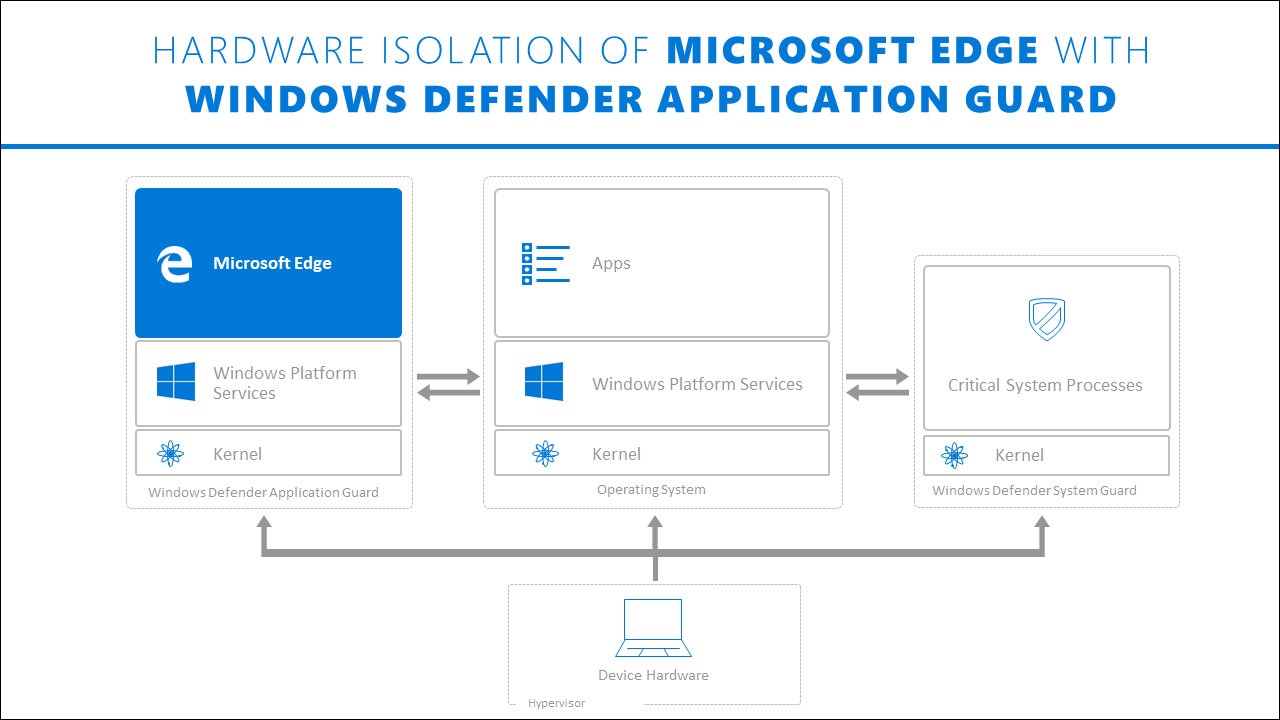


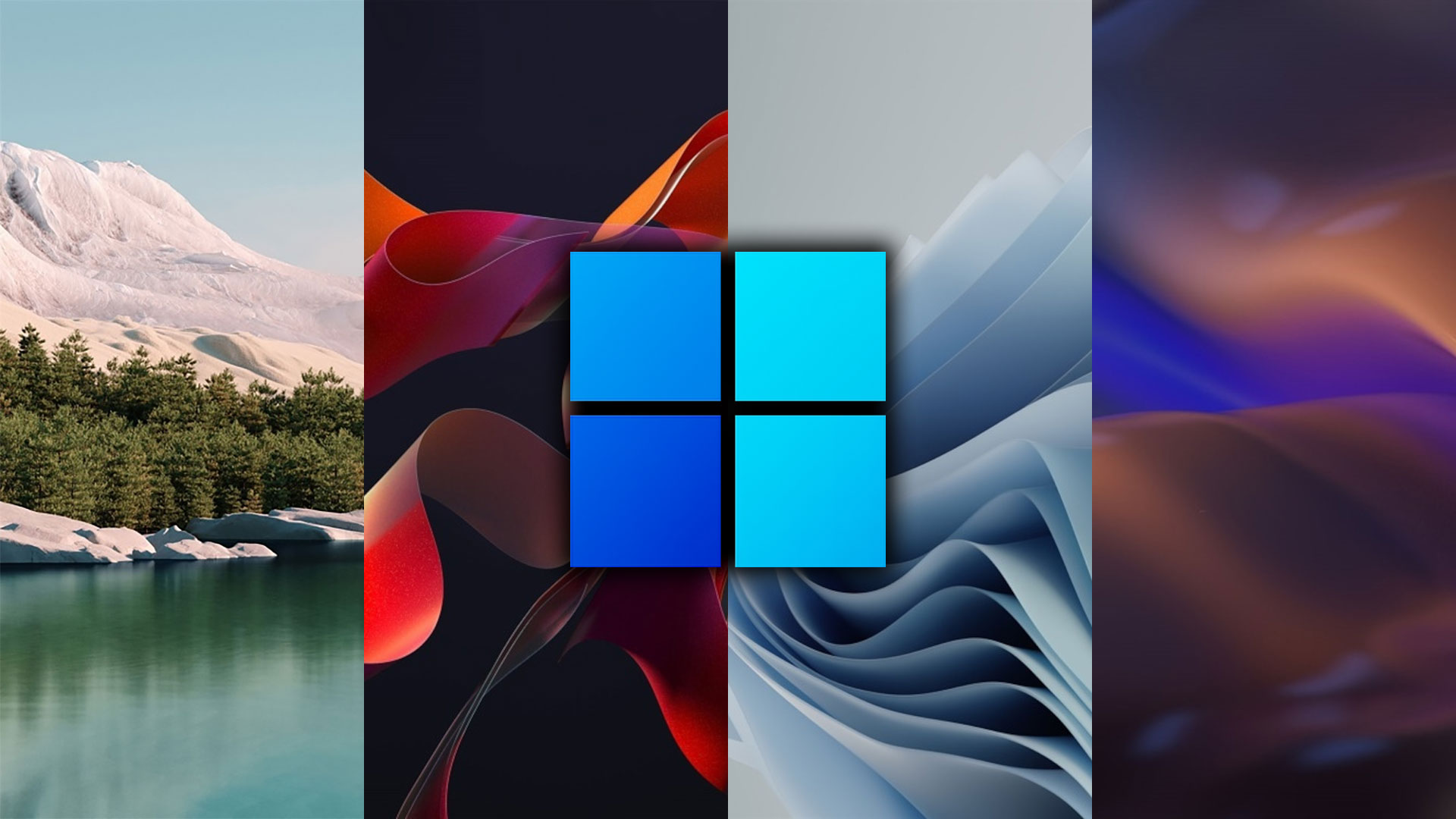









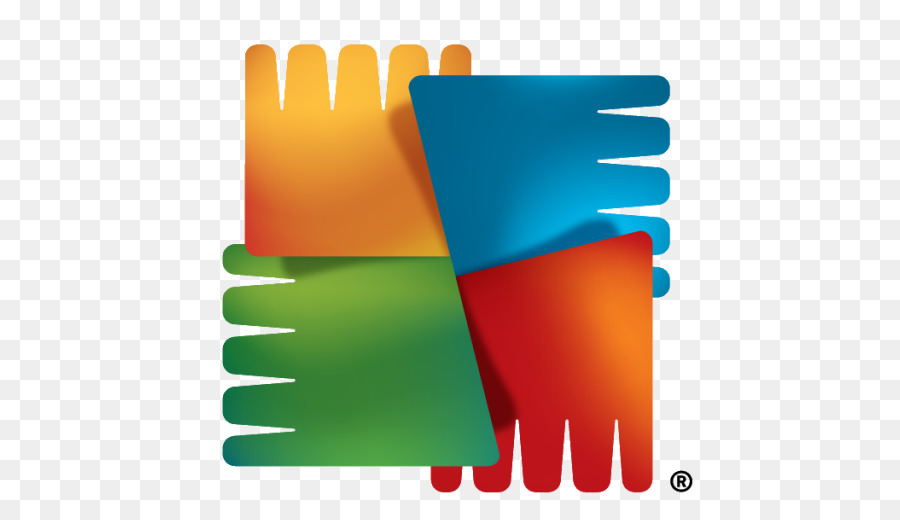



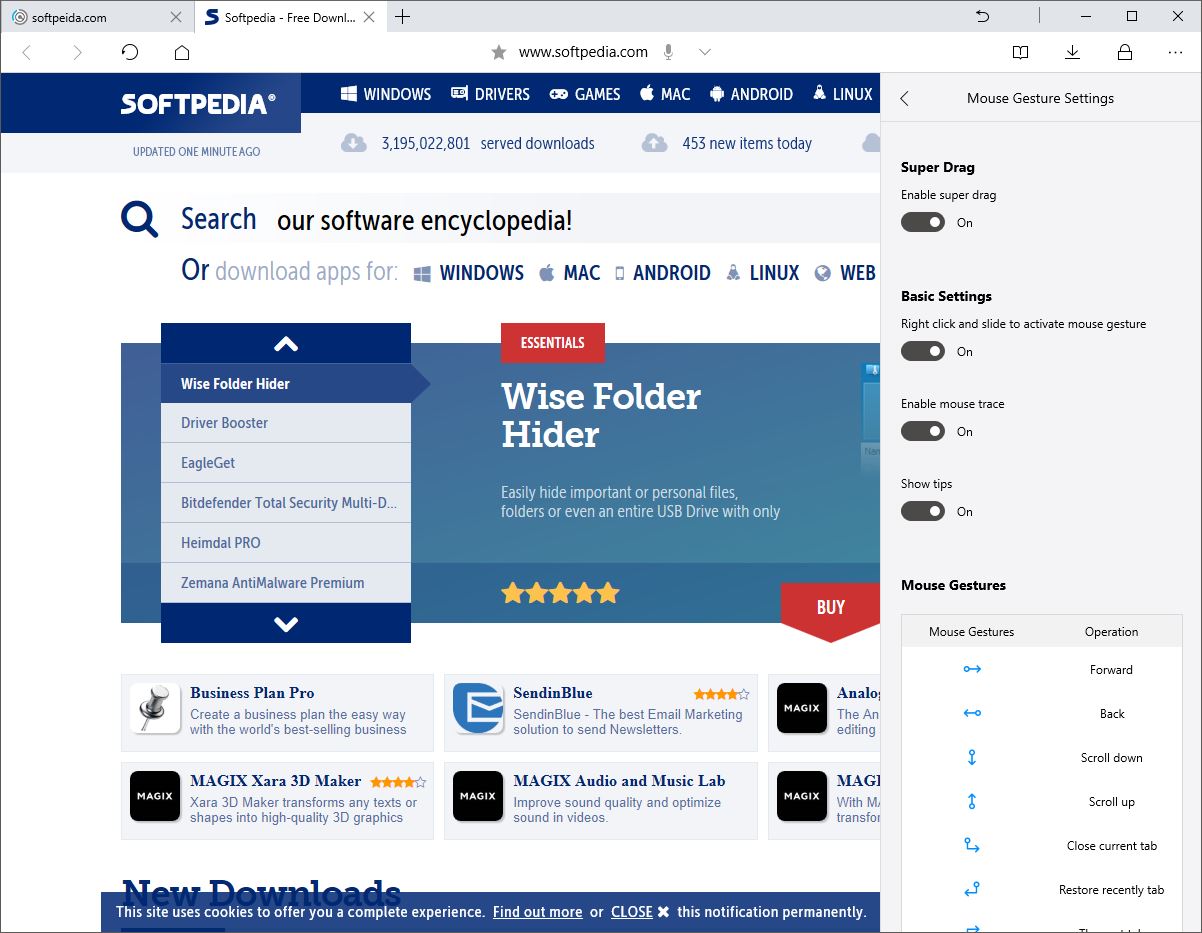
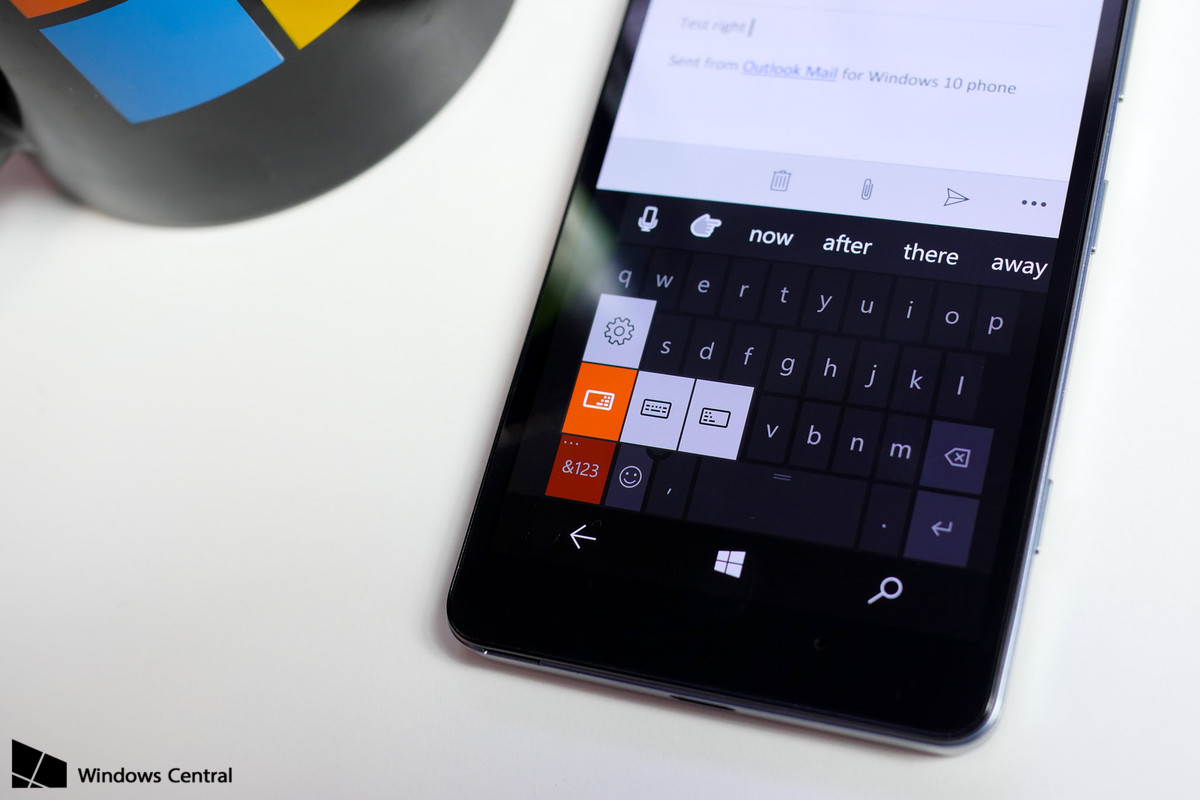



No comments:
Post a Comment
Note: Only a member of this blog may post a comment.